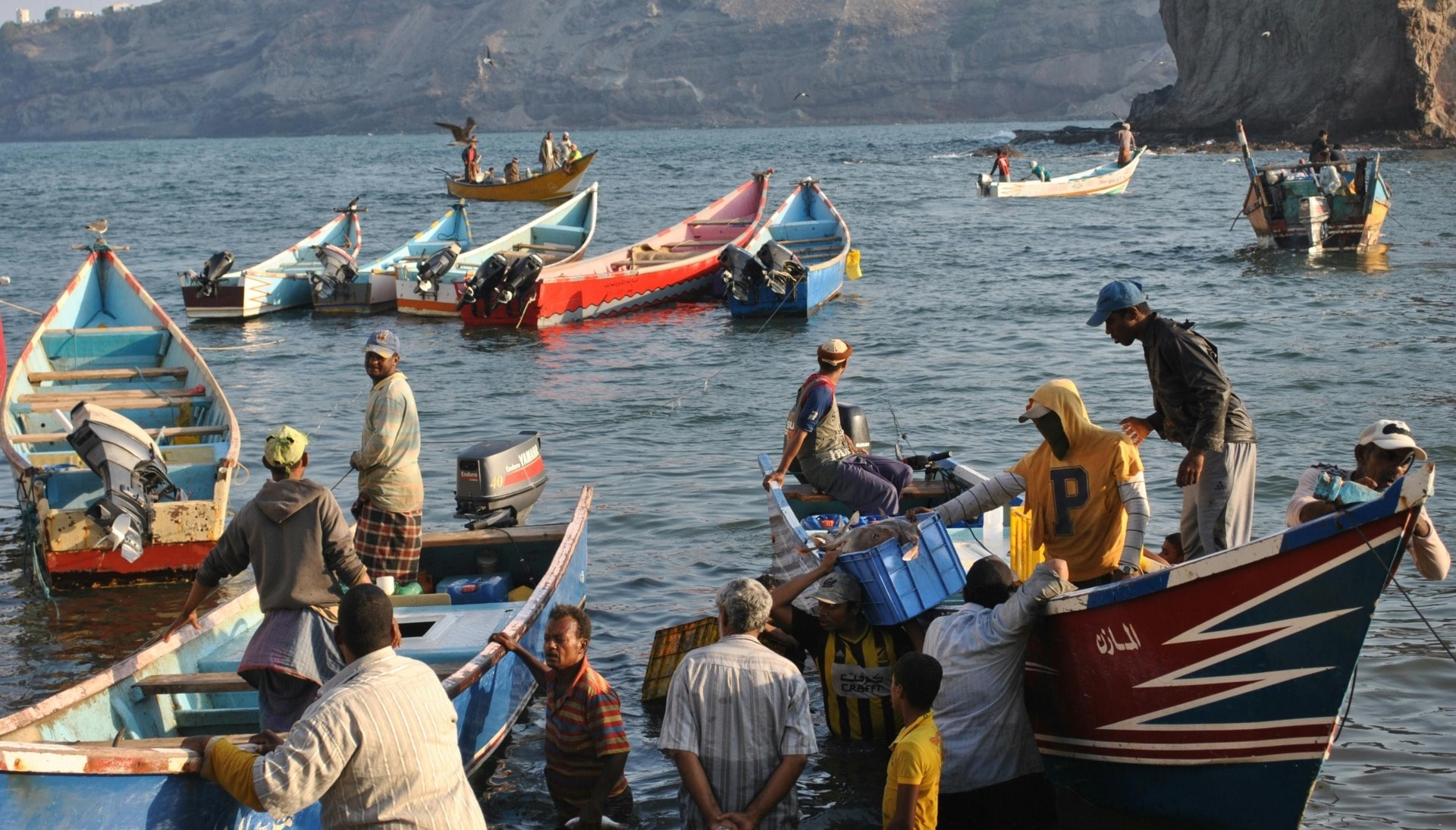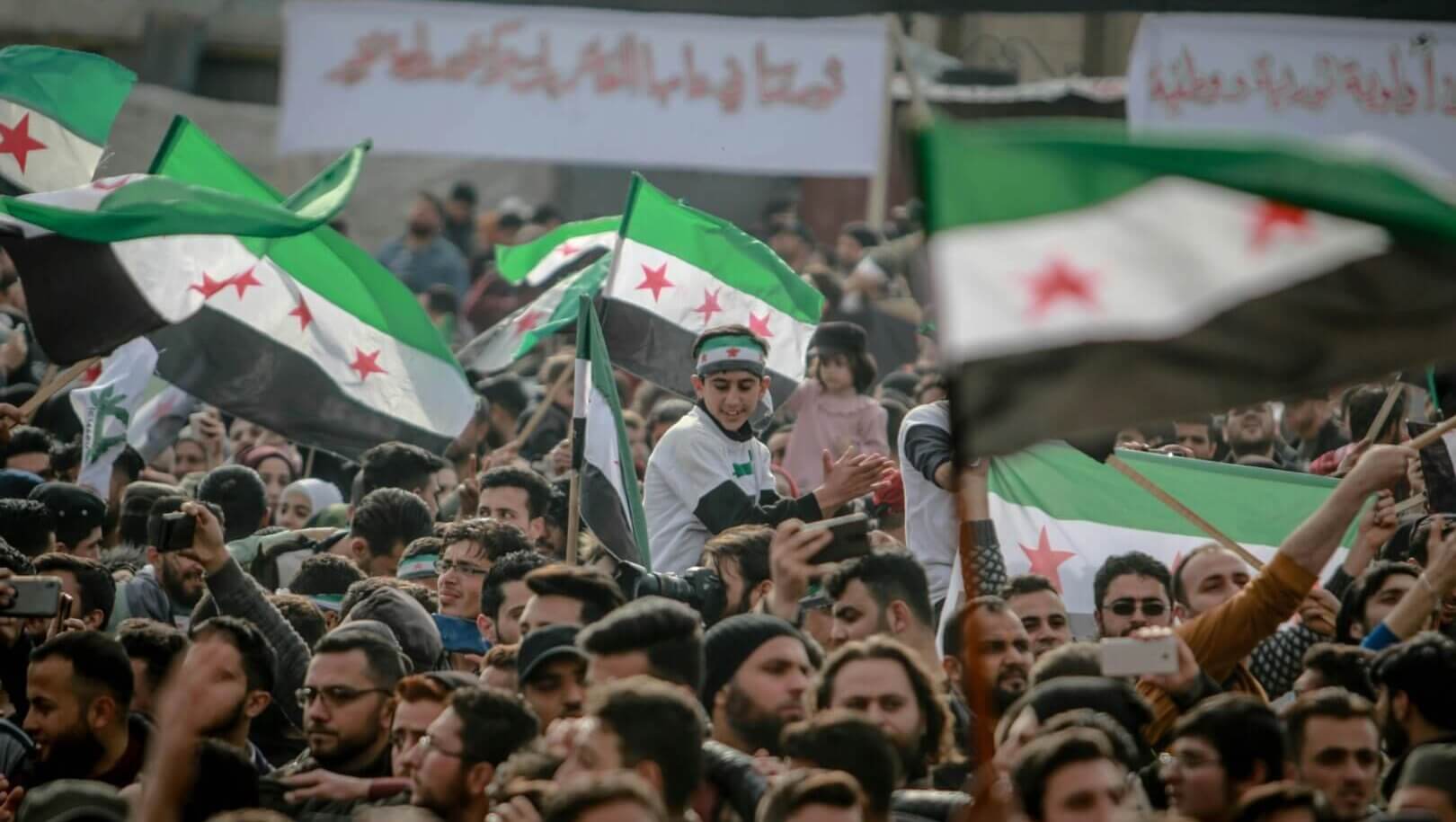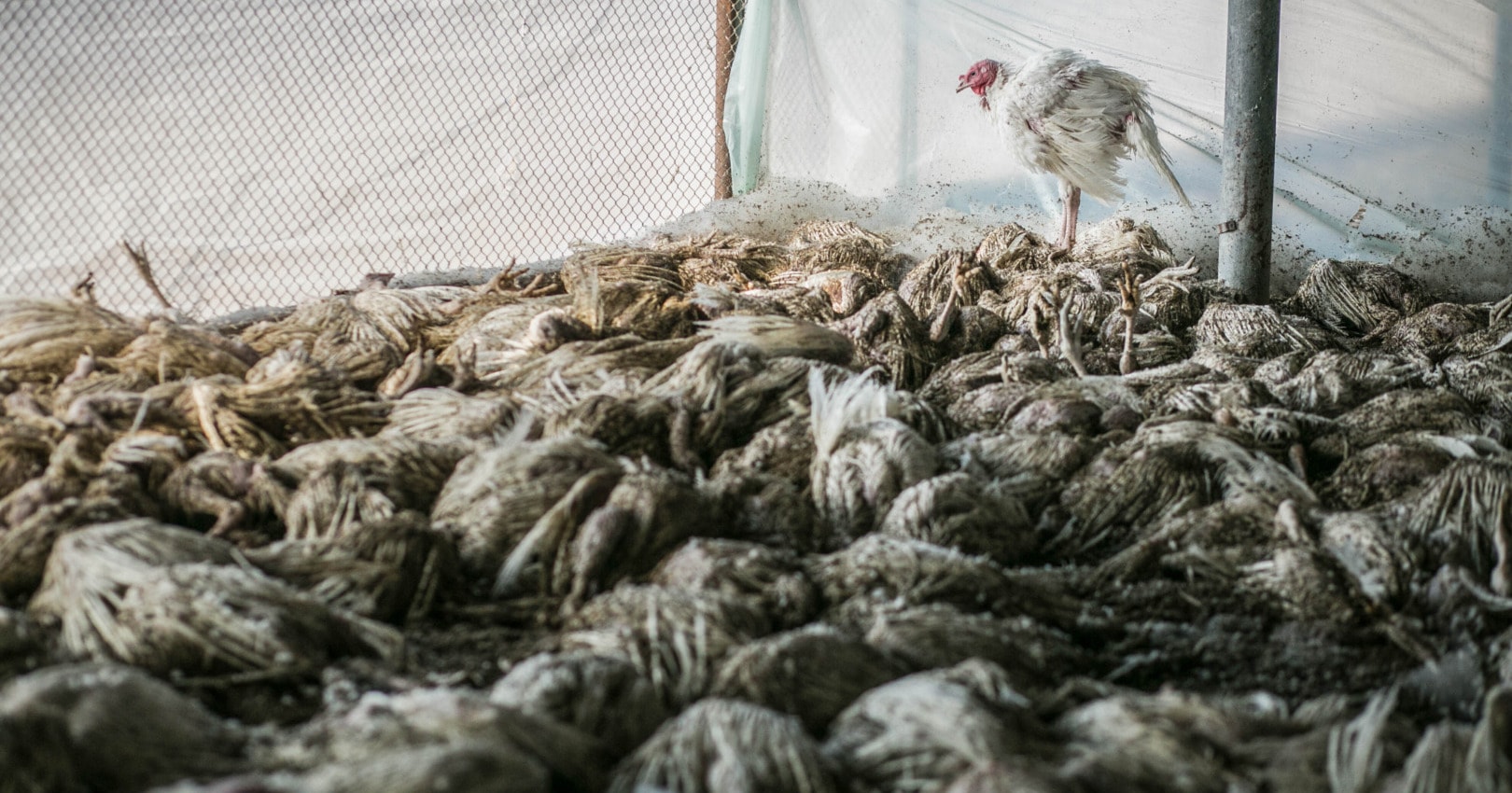The recently released Global Peace Index (GPI) report, produced yearly by the Institute for Economics and Peace, demonstrates that global peace has deteriorated for the ninth time in a row, this year by 0.07%. However, this is the second smallest deterioration recorded in the history of the Global Peace Index.
The Global Peace Index rates countries in terms of three aspects: societal safety and security, ongoing domestic and international conflict, and level of militarisation. By examining 99.7% of the world’s population through these three domains, we find a GPI score, which shows this year that peacefulness has deteriorated yet again, and while the percentage may seem low, the deterioration is worryingly substantial. While peacefulness has in fact gotten worse for a consecutive 15 years since 2020, we have witnessed new trends and causes to the fall in peacefulness.
Civil Unrest and Political Instability
During a seemingly never-ending pandemic, a new trend has emerged since the last GPI report: a significant increase in civil unrest and political instability. Civil unrest increased globally by 10% during 2020. The report found the main reason to be rising uncertainty and unease caused by lockdowns and COVID-19 restrictions and worsening tensions from economic instability.
I had the opportunity to interview Mr. Steve Killelea, founder and executive chairman of the Institute for Economics and Peace, and in the course of our conversation, he noted that this year’s index documented “nearly 15,000 demonstrations globally in 2020, with 5,000 COVID-related incidences.” When asked about the causes of the rise in civil unrest, Mr. Killelea responded, “the demonstrations were related to a broad range of factors, including Black Lives Matter, COVID measures, Indian farmers’ demonstrations, economic policies in Latin and South America, among others.”
Violent demonstrations and political instability have significantly deteriorated during 2020. But the report finds this to be a continuous trend, particularly between 2011 and 2019 when demonstrations, strikes and riots increased by 244%. In fact, the increasing presence of demonstrations is a continuous trend that Mr. Killelea does not expect to reverse. He continues to explain:
“Over the last decade in many countries, perceptions of corruption have increased, people are less trusting in democracies, group grievances have increased and working conditions and pay have eroded. Many countries are receiving massive financial simulations through increases in debt or through quantitative easing, but this can’t last. The underlying tensions already mentioned will only be magnified as the financial pump eases and COVID remains, which is likely to lead to increased political instability.”
Besides an increase in civil unrest and political instability, the militarisation domain has seen the largest deterioration, according to this year’s report. In fact, 97 countries have had an increase in militarisation score during 2020, and military expenditure of GDP increased in 105 countries. The only aspect to improve in the militarisation domain was the level of ongoing conflict, which improved for the first time since 2015.
Regarding this increased militarisation, Mr. Killelea pointed out, “The heightened tensions between Russia, NATO and the US, and China’s relations with the US and other Asian nations may be driving this change in trend; if so, then the militarization domain of the GPI is likely to keep deteriorating in the near future.”
Peace by Region
This year’s index found Iceland to be the most peaceful country in the world, followed by New Zealand and Denmark. Afghanistan remains the least peaceful country globally. Furthermore, in this year’s report, eight out of the top 10 most peaceful countries in the world were found in Europe, making this continent the world’s most peaceful region. This is the highest number of European countries that were ranked in the top ten since the inception of the Global Peace Index.
Europe improved noticeably in their GPI score, particularly in terms of terrorism, demonstrations, and crime, yet political instability and violent demonstrations worsened. However, the largest increase in peacefulness occurred in the Middle Eastern and North African region, which was caused by the region’s improvements in ongoing conflicts. Meanwhile, the most significant deterioration in peace occurred in North America and South America. North America deteriorated on all three domains of peace with the rise of violent demonstrations and deterioration in political instability caused by increasing social unrest.
COVID-19 and Global Peace
The emergence of a global pandemic has had a significant impact on violence. While violent conflicts improved, the number of violent demonstrations increased substantially – a total of more than 5,000 Covid-19 related violent events occurred this past year.
Pandemic-related violent incidents occurred in 158 countries around the world. This increase in COVID-19 related violent incidents, caused by violent demonstrations and riots, was fuelled by various changes: the imposed COVID-19 restrictions, anti-government sentiments, lockdowns, increasing unemployment rate and lack of economic support.
Additionally, the pandemic caused an increase in racially charged assaults against people of Asian descent. The report records that in Australia, 85% of Asian-Australians experienced pandemic-related discrimination during 2020, and in Vancouver, there was a stunning 717% increase in hate crime during the pandemic.
Besides the political instability and civil unrest stemming from the pandemic, there was also an increase in interpersonal violence, domestic violence, and feelings of safety experienced a significant impact. Furthermore, the report found that social isolation and financial stress most likely have had an impact on the homicide rate, but exact data remains tentative.
COVID-19 has led to uncertainty and radical changes in our everyday lives. While the report conveys the still limited knowledge of the full impact of the pandemic, it asserts that the uncertain economic conditions “increases the likelihood of political instability and violent demonstrations.”

Peace and Perceptions of Risk – The World Risk Poll
A new aspect of this year’s Global Peace Index is its inclusion of the Lloyd’s Foundation’s recently released World Risk Poll, which analyses the attitudes of 150,000 people towards risk and violence in 145 countries.
The report found that there is a high fear of violence globally. One in seven people considers violence, crime, and terrorism to be the greatest threats to their safety. Regardless, around 75% of the world’s population feels equally safe or safer at present than they did five years ago.
Related Articles: Peace in the Age of Chaos – Interview with Steve Killelea | Global Peace Index 2020| India’s COVID-19 Crisis Through the Lens of Positive Peace
The Future of Global Peace
As states around the world hope to return to some form of normalcy, at last escaping more than a yearlong torment of the global pandemic, governments look to ways of recovery. While each government takes a unique approach to COVID-19 recovery, from huge stimulus packages to continued lockdowns or a strong push for intensifying vaccination programmes, Mr. Killelea believes the solution is positive peace. “I would recommend to all governments to look at the factors that sustain robust, resilient and adaptive society,” Mr. Killelea suggests.
Governments are confronted by economic and social uncertainty and instability, particularly amongst the Western democracies. As Mr. Killelea explains, “these areas of social decline include rising perceptions of corruption, press freedoms, democracy, group grievances and rising inequalities. These are the areas that need to be addressed over the longer term, otherwise many of the negative trends we see today will only continue.”
It is difficult to gauge what the full impact of COVID-19 will be, especially as lockdowns extend and cases continue to surge around the world. However, the Institute for Economics and Peace contends that Positive Peace, meaning “the attitudes, institutions, and structures that create and sustain peaceful societies”, is the solution. The comprehensive strategy behind Positive Peace might just be the sense of direction needed in a time of uncertainty.
Editor’s Note: The opinions expressed here by Impakter.com columnists or contributors are their own, not those of Impakter.com. — In the Featured Photo: A snapshot of the global state of peace, 2021. Featured Photo Credit: Institute for Economics and Peace.

















